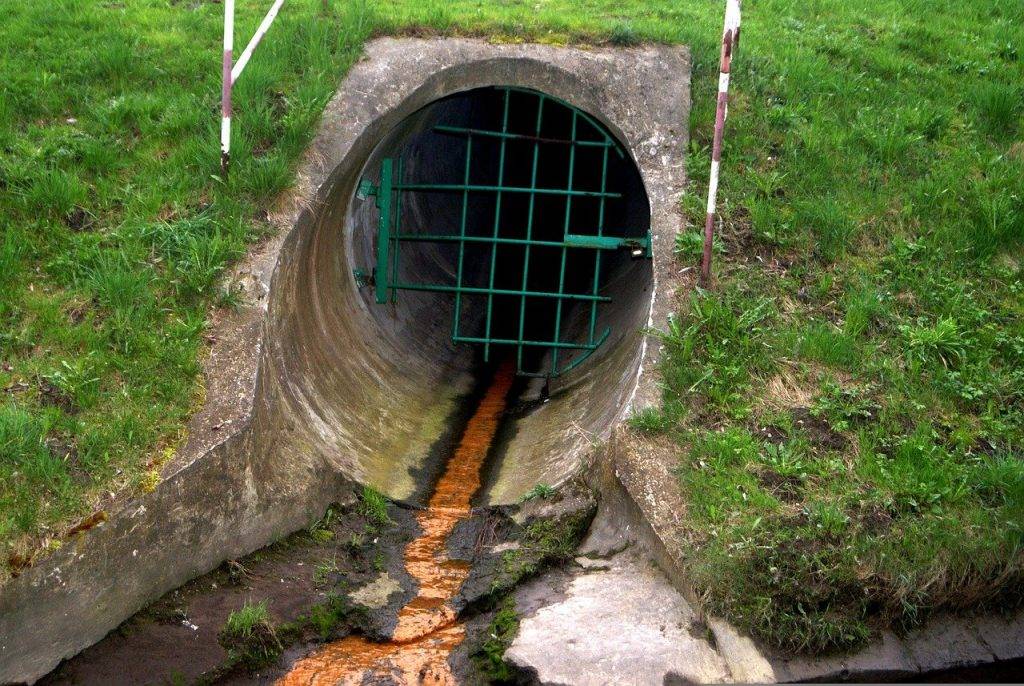What Happens If You Shower in Contaminated Water?

Did you know that you can be exposed to harmful chemicals in your water when you shower? The average shower can expose you to more than 20 times as much chlorine as what you drink in a day! That’s a lot of toxic exposure, and your body can only absorb so much of it.
Coliform bacteria
There are many risks involved with showering in contaminated water, including bacterial infections. While the risk of infection is much lower than drinking contaminated water, there are still some precautions you should take. To begin with, ensure that the water coming from your tap is clean and free of bacteria. If you suspect that your tap water is contaminated, boil the water for about 10 minutes.
Chloramines
Chloramines in shower water are not only harmful to your health, but they can also aggravate existing skin conditions. These chemicals can also irritate the eyes, sinuses, and nasal passages. People with sensitive skin and those who are prone to rashes can be particularly sensitive to these chemicals. They can break out in hives and have dry, itchy skin after taking a bath in chloramine-treated water. Fortunately, shower filters can be designed to remove these chemicals from water.
Chloroform
Showering in water that is chloroform-contaminated can cause an increase in the amount of chloroform in the blood. This chemical is an odorless, colorless liquid that has a sweet taste. It is detectable at concentrations of up to 6.1 mg/L. It can be found in food and drinking water, but the main source of chloroform exposure is daily showering and bathing. Daily exposure to chloroform from unfiltered water can increase the amount of chloroform in the blood by 0.36 to 3.4 mg/kg. Recent studies have indicated that chloroform concentrations are elevated in the blood of those who take baths or showers in untreated water.
Lead
If you suspect your water is contaminated with lead, you should contact your local water authority to test it. Water with elevated levels of lead should be avoided for several reasons, including health risks. Lead can remain in the water for long periods and cause various health problems. Lead levels in the blood are particularly dangerous for children six years old and younger.
Keratitis
Keratitis can develop when germs from contaminated water enter the eye. These germs can be found in a variety of water sources, including tap water. People who shower without washing their hands should be extra careful to avoid touching their eyes after showering because the germs present in tap water can easily infect the eye. Contact lenses should also be kept clean to prevent the occurrence of keratitis.
Chlorine
Chlorine is an irritant, which can get into the bloodstream through the skin. It reacts with other matter in water to form trihalomethanes. Some of these toxins are known to cause cancer and other health issues. Chlorine is also a strong respiratory irritant. It can even cause fatigue at low concentrations. Showering in chlorinated water can expose you to twice the levels of THMs found in tap water.
About the Author

I am a writer who does research on the bathroom and researches whether minimalist or modern bathroom equipment and products. I will continue to write to make the time spent in the bathrooms enjoyable.
